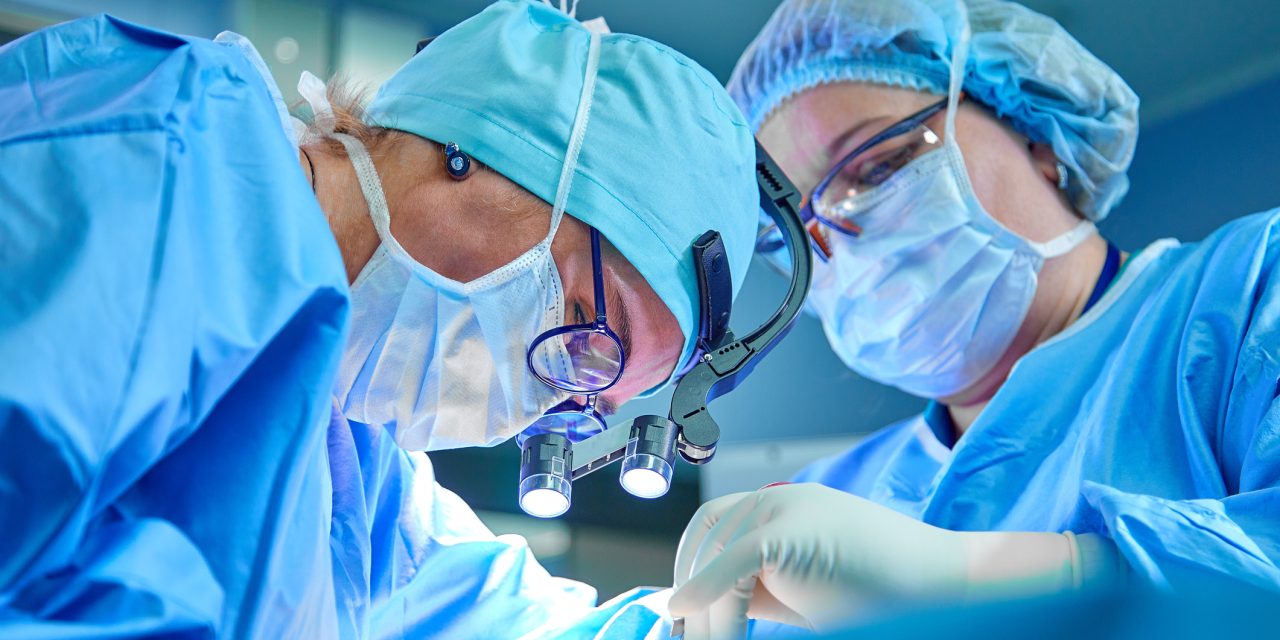The use of three-dimensional (3D) printing for surgical applications is steadily increasing. Errors in the printed models can lead to complications, especially when the model is used for surgery planning or diagnostics. In patient care, the validation of printed models should therefore be performed routinely. However, there currently is no standard method to determine whether the printed model meets the necessary quality requirements. In this work, we present a method that not only finds surface deviations of a printed model, but also shows high accuracy zones of a potentially corrupted model, that are safe to be used for surgery planning. Our method was tested on printed patient bone models with acetabular fractures and was compared to two common methods in orthopedics, simple landmark registration as well as landmark plus subsequent iterative closest point registration. In order to find suitable parameters and to evaluate the performance of our method, 15 digital acetabular bone models were artificially deformed, imitating four typical 3D printing errors. A sensitivity of over 95% and a specificity of over 99% was observed in finding these surface deformations. Then, the method was applied to 32 printed models that had been re-digitized using a computed tomography scanner. It was found that only 25% of these printed models were free of significant deformations. However, focussing on two common implant locations, our method revealed that 72% of the models were within the acceptable error tolerance. In comparison, simple landmark registration resulted in a 9% acceptance rate and landmark registration followed by iterative closest point registration resulted in a 41% acceptance rate. This outcome shows that our method, named Similarity Subgroups Registration, allows clinicians to safely use partially corrupted 3D printed models for surgery planning. This improves efficiency and reduces time to treatment by avoiding reprints. The similarity subgroups registration is applicable in further clinical domains as well as non-medical applications that share the requirement of local high accuracy zones on the surface of a 3D model.Copyright © 2021 Elsevier Ltd. All rights reserved.
A method for finding high accuracy surface zoneson 3D printed bone models.


